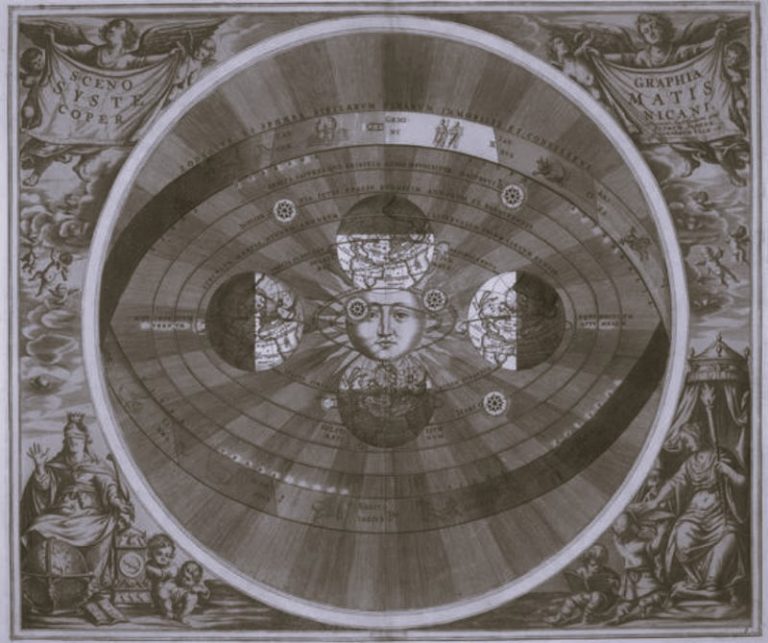

Up until this epoch, water resources consisted of an old and damaged medieval aqueduct.

By Dr. Nicolas Maughan
Adjunct Instructor and Researcher
Aix-Marseilles University (AMU)
Operational since 1847, the 80 kilometer long Canal de Marseille, built by famous Swiss civil engineer Franz Mayor de Montricher, has allowed great improvement in the water supply in the city of Marseille, southeast of France. Indeed, during the first quarter of the nineteenth century, shortages were particularly acute in this major coastal city that experienced a high population growth, inducing health problems (e.g., cholera and thypoid fever outbreaks) as well as causing social and economic issues. Up until this epoch, water resources consisted of an old and damaged medieval aqueduct supplying water from a small river located west of the city, some karstic springs but especially many public and private wells providing ground water of poor quality.

However, although the almost unlimited water supply (with a flow rate varying between 7 to 10 cubic meters/second) without drying up the river channel quickly calmed the concerns of the municipal council, other environmental issues related to its quality appeared as soon as the new aqueduct was finished. The water taken in the north of the Provence from the lower Durance River was often heavily loaded with suspended sediments, especially during high-flow periods. A strong erosion process in unvegetated marlstone areas in the catchment was the major source of this trouble. Thus, the hard water, as delivered to the consumer, was difficult to use for most of the year both for drinking, industry, and watering young crops. In the 1860s, according to several observations, the water from the canal was turbid approximately 270 days per year and shady the remaining time. “It was then an ugly blackish mud flowing in pipes with difficulties” reported in 1867 Mr. Pascal, a local engineer.

Yet, five storage and sedimentation reservoirs had been originally built along its course in order to allow deposition of sediments before water distribution. But, as suspended sediment fluxes were strongly underestimated, these infrastructures, badly designed with very low capacities, were no longer usable after a few years. The first collapsed and the other four silted more or less rapidly before being decommissioned; only one reservoir—the Réaltor—continued to function but in a very limited way. Recurrent desilting campaigns of this last one did not yield the expected results and did not ultimately prevent its almost total siltation.

As a consequence, the first mechanical water filter systems, located just below the central municipal distribution tank in the upper part of the city, were quickly clogged by about 100,000 cubic meters of silt annually; they were abandoned in 1863. In addition to high financial costs for the municipality, conflicts arose with neighboring residents and fishermen about the fate of sediments. Lots of complaints and petitions were sent to the Mayor of Marseilles to prevent hazardous discharges from entering small water bodies nearby. And, because removing accumulated sediments was impossible in some ponds, they induced noxious emanations and health problems during periodic emptying, linked to the process of decaying of the accumulated organic matter. Unfortunately, very few “end-of-the-pipe” technologies were available at that time to solve these questions.

To address this pressing issue, city engineers therefore decided in 1875 to construct a new structure, both a reservoir and a sedimentation tank, equipped with a pioneering desilting and emptying system 300 meters south of the Durance River, in the small valley of Saint Christophe closed by an embankment dam. From an administrative point of view, let’s note that whereas the daily management of the canal was put in the hands of both a director and the municipal water supply service of Marseille, such technical questions were frequently settled by local representatives of the French national engineering corps of Ponts-et-Chaussées (bridges and roads). They had no confidence in the city engineers, who were perceived as less qualified.
Built between 1877 and 1882, this infrastructure, with a storage capacity of 2,000,000 cubic meters still used today, has allowed the efficient control of suspended sediments transported and thus solve in large part problems of water clarification. Moreover, thanks to its specific conformation, with a bottom covered with large ditches, and its circular channel, hydraulic desilting became quick and powerful during maintenance operations.
Although greatly reduced at the end of the century, the problem of suspended sediments did last for several more decades. It was not until 1934 that efficient mechanical water filter systems were implemented at storage reservoirs in Marseille and in different points of the upper part of the aqueduct which serves numerous towns dispersed along its course.
Further Reading
- Grimaud de Caux, Gabriel. “Rapport sur un mémoire présenté sur les améliorations à apporter au canal de Marseille.” In Comptes rendus hebdomadaires des séances de l’Académie des sciences, France juillet-décembre: 61, 1865, 895–906.
- Montricher, Henri de. La décantation des eaux du Canal de Marseille et le Bassin de St Christophe. Marseille: Typographie et Lithographie, E. Chatagnier, 1882.
- Musy, C.-Jean (Abbé). “Clarification des eaux du Canal de Marseille.” Congrès Scientifique De France, 33e session, Aix en Provence: 1, 1867, 399–406.
- Olivier, Jean-Michel et al. “The Rhône River Bassin,” chap. 7, in: Tockner, Klement et al., Rivers of Europe. Academic Press, 2009.
- Preston, Samuel H. and van de Walle Etienne.”Urban French Mortality in the Nineteenth Century.” In Population Studies, 32, 1978, 275–297.
Originally published by Arcadia: Explorations in Environmental History, 18 (Autumn 2015), under a Creative Commons Attribution 4.0 International license.






